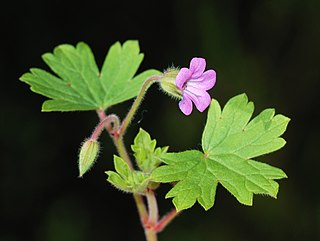
Geraniaceae is a family of flowering plants placed in the order Geraniales. The family name is derived from the genus Geranium. The family includes both the genus Geranium and the garden plants called geraniums, which modern botany classifies as genus Pelargonium, along with other related genera.

Pelargonium is a genus of flowering plants that includes about 280 species of perennials, succulents, and shrubs, commonly called geraniums, pelargoniums, or storksbills. Geranium is also the botanical name and common name of a separate genus of related plants, also known as cranesbills. Both genera belong to the family Geraniaceae. Carl Linnaeus originally included all the species in one genus, Geranium, and they were later separated into two genera by Charles Louis L'Héritier de Brutelle in 1789.

Bluefield State University is a public historically black university (HBCU) in Bluefield, West Virginia. Despite being an HBCU, Bluefield's undergraduate student body is now over 80% white. The university is part of West Virginia's public university education system.
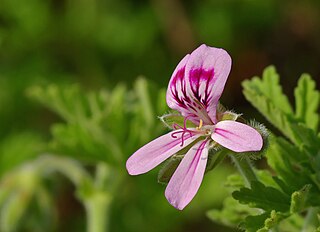
Pelargonium graveolens is a Pelargonium species native to the Cape Provinces and the Northern Provinces of South Africa, Zimbabwe and Mozambique.
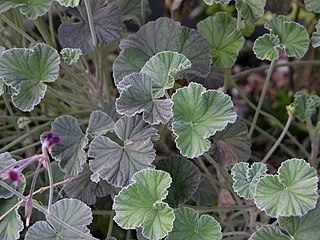
Pelargonium sidoides is a plant native to South Africa, Eswatini, and Lesotho. Its common names include African geranium and South African geranium. The current conservation status is Least concern.

Puccinia pelargonii-zonalis is a fungal species and plant pathogen that causes rust on Pelargonium geraniums. It was originally found on the leaves of Pelargonium zonale in KwaZulu-Natal, South Africa.

Epomophorus is a genus of bat in the family Pteropodidae. They have a distribution throughout Africa.

Eranthemum pulchellum, the blue eranthemum or blue sage, is a species of flowering plant in the acanthus family Acanthaceae, native to the Himalayas, western China, India and Nepal. A strongly branched evergreen shrub, it is popular with gardeners because of the spikes of flowers that are bright gentian blue – an unusual color in the tropics. The flowers appear from green-and-white veined bracts that remain after the blooms fall, forming a column several centimetres long. The hairy leaves are large and dark green. A sprawling shrub which may reach a metre or more in height, E. pulchellum is usually kept lower and bushier through pruning. Light shade is preferred in a garden; in a greenhouse it needs warm conditions. It is easily propagated from cuttings.

The Didymellaceae are a family of fungi in the order Pleosporales. They have a world-wide distribution.

Pelargonium zonale is a species of Pelargonium native to southern Africa in the western regions of the Cape Provinces, in the geranium family. It is one of the parents of the widely cultivated plant Pelargonium × hortorum, often called "geranium", "horseshoe geranium", "zonal geranium" or "zonal pelargonium".
Myopordon pulchellum is a species of flowering plants in the tribe Cardueae within the family Asteraceae.
A SIM swap scam is a type of account takeover fraud that generally targets a weakness in two-factor authentication and two-step verification in which the second factor or step is a text message (SMS) or call placed to a mobile telephone.
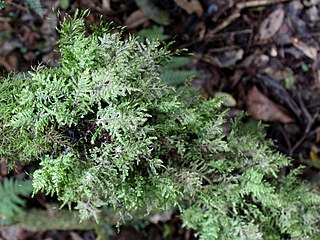
Eurhynchium is a genus of mosses belonging to the family Brachytheciaceae.

Armadillidium pulchellum is a species of crustaceans belonging to the family Armadillidiidae.
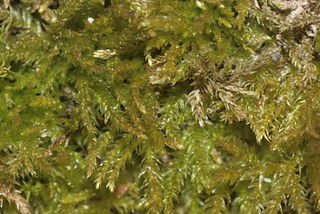
Eurhynchiastrum pulchellum is a species of mosses belonging to the family Brachytheciaceae. It is the sole species of the genus Eurhynchiastrum.

Helena M. L. Forbes was a Scottish botanist, plant collector and curator who worked primarily on South African flora.
Botryosporium is a genus of fungi belonging to the order Hypocreales, family unknown.
Pseudopeas is a genus of gastropods belonging to the family Achatinidae.














